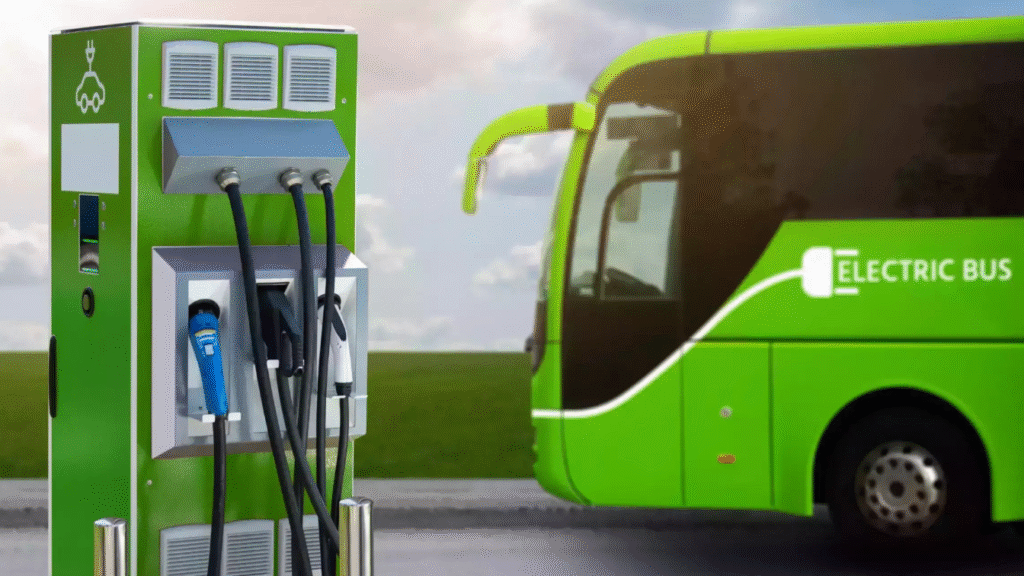As the world faces the mounting threat of climate change, transitioning to net-zero emissions has become a global priority. The International Energy Agency (IEA) emphasizes that over 70% of global emissions come from the energy and transport sectors, making clean energy and sustainable mobility solutions central to climate action. According to the United Nations Framework Convention on Climate Change (UNFCCC), achieving net zero by 2050 requires an energy transformation grounded in renewable energy, electrification, energy efficiency, and innovative transport solutions.
Governments, industries, and societies must work in synergy to achieve this monumental transition. Green energy especially solar, wind, hydro, and geothermal—now powers more of the world than ever before. The International Renewable Energy Agency (IRENA) reports that renewables accounted for 86% of all new power capacity in 2023, signalling a structural shift in energy systems. Simultaneously, green mobility is gaining traction with rapid investments in electric vehicles (EVs), fuel cell technology, and low-emission public transit.
The European Union’s Green Deal, the U.S. Inflation Reduction Act, and China’s EV leadership are setting benchmarks for clean transitions on a global scale. Sustainable mobility is not limited to vehicles. The World Bank notes that urban transport contributes significantly to carbon emissions but also offers major mitigation opportunities. Strategies such as promoting non-motorized transport, enhancing public transit and adopting smart mobility systems are vital. As cities grow, so does the urgency to integrate green infrastructure and mobility planning into national and urban policies.
Furthermore, the Indian government has also shown unprecedented commitment to push for a green energy revolution through the National Green Hydrogen Mission. The expansion of solar capacity highlights its strong climate commitment. India is promoting e-mobility across the cities under the FAME scheme. The country aims to achieve 50% cumulative electric power capacity from non-fossil sources by 2030, as per its revised Nationally Determined Contributions (NDCs).
Though challenges remain, globally the efforts have been scaled but ambitions are influencing the sustainability trends. A net-zero future is not a distant vision; it is a necessity now. With strategic investment, supportive policy, and global cooperation, green energy and sustainable mobility can reshape the world into a cleaner, more resilient, and equitable planet for all.

